‘She wears a dress and generates $3 million pounds’
Reports that she is reviving her lifestyle blog, The Tig, have prompted industry insiders to predict the rise of Meghan the mega-influencer.
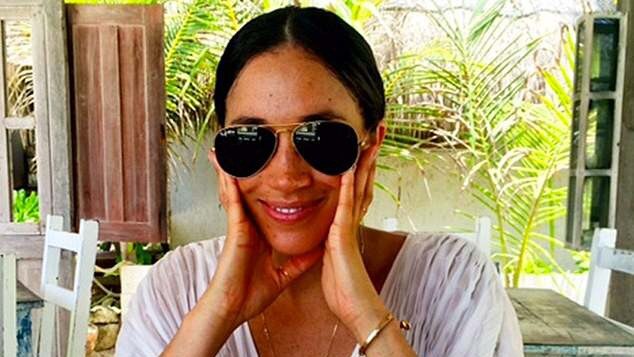
A mere split-second public appearance from her inspires love and loathing in equal measure, but Meghan Markle’s familiar features could soon generate considerably more than that - both for her and the brands prepared to pay enough. She’s already one of the most famous faces on the planet; now the Duchess of Sussex looks set to be its most expensive too.
Digital talent agents estimate that the duchess will be able to charge up to pounds $565,000 per Instagram post should she decide to set up with a new social media profile, as is expected. The @sussexroyal Instagram account, from which the couple logged off, along with their royal duties, in early 2020, is still followed by 9.4 million people.

Three months on from the news in March that Meghan had refreshed the trademark for her defunct lifestyle blog, the internet is primed for its relaunch. Born in 2014 and named after the Suits star’s favourite type of red wine (the reassuringly priced sangiovese blend Tignanello), The Tig went offline in 2017 with her engagement to Prince Harry. Its second coming is expected to straddle the lucrative territory occupied by Gwyneth Paltrow’s one per cent lifestyle and wellness empire Goop, and the headset-and-no-notes elite talking points platform TED.
This new online presence, plus the not inconsiderable water under the bridge since Meghan was last active in the blogosphere, could net its founder an even more substantial audience than the @princeandprincessofwales account run for William and Kate, which has 15 million followers. While their content is not sponsored, it is technically taxpayer-funded.
“I can see Meghan getting pounds 200,000 to pounds 300,000 per post easily,” says one broker at a leading creative partnerships agency. “There’s no set fee for this sort of thing, but brands have big budgets for people with the sort of reach she has.”
“She’ll be in line with the best-paid mega-influencers, if not the highest-paid in the world,” says Alison Bringe of the brand performance company Launchmetrics.
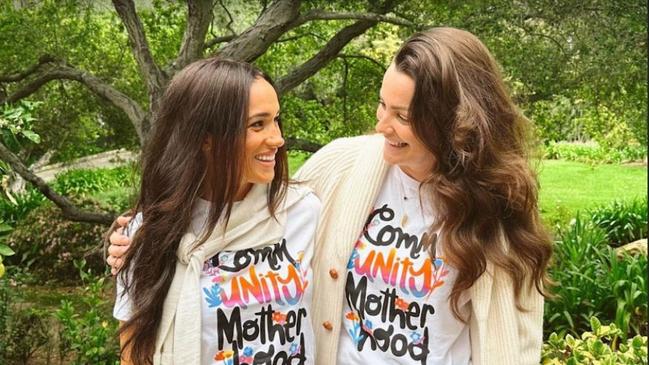
The $34 million Spotify podcast deal and $152 million Netflix contract for hers and Harry’s series suddenly seem like rather a lot of effort for the cash in comparison with posting the odd selfie or spiel to camera on the grid.
This isn’t to say Meghan will be interspersing pouting shots with shilling weight-loss gummies or eye cream the way Kim Kardashian does to her 358 million followers. Rather, experts compare her to someone such as Julia Roberts (11 million) or Gwyneth herself (8.3 million), whose internet reach exists because they are famous beyond it. Roberts has recently posted shots of herself in a Gucci suit and modelling for the luxury watch brand Chopard, and tagged an up-market haircare brand backstage at Jimmy Kimmel. She hasn’t flagged them as “paid partnerships” but they are likely to be the fruit of deals arranged with each.
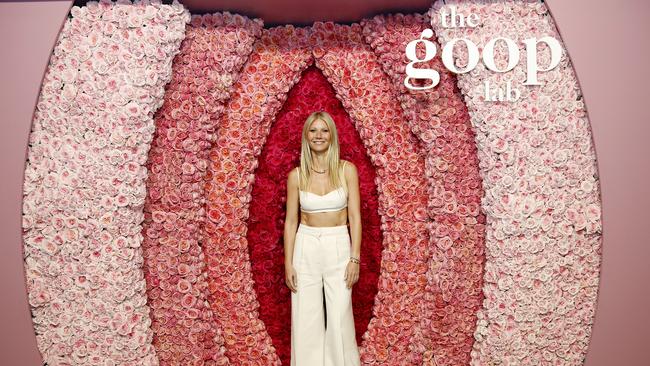
“Agents ask for anything between pounds 50,000 for a mention to pounds 200,000 for a dedicated post,” the same broker tells me. “It’s a bit of a Wild West sometimes, people just make up numbers. But if the person is worth it a brand will pay.”
The duchess is likely to pick up this sort of work online, either as part of a longstanding “ambassador” contract with a brand that also takes in public appearances and billboard advertising, or as a one-off plug (known in the business as an “activation"). There are rumours abroad that she - and potentially Harry too - has already signed with a talent agency to begin working on agreements such as these.
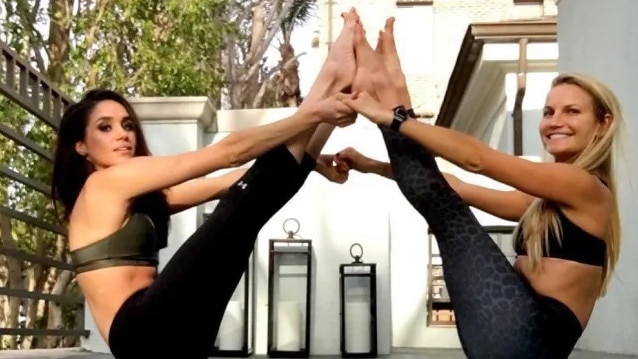
Take her hiking cameo in Montecito over the coronation weekend last month: candid shots that broadcast the duchess in a J Crew jacket and Victoria Beckham sunglasses, a Cartier watch that belonged to Princess Diana and a Bentley & Skinner diamond bracelet. The jacket has now sold out, and Google searches for the jewellery brand rose by 100 per cent in the week after the pictures were released. Insiders believe the images were, if not directly arranged commercially, then offered as a blueprint for how the duchess may work with brands in future - and how much clout she can offer at the negotiating table.
That heft is known in the industry as media impact value (or earned media value), a figure arrived at not by shifting product or generating sales but by estimating the worth of exposure to give a sense of return on investment. Exposure doesn’t reflect whether a person is viewed positively or negatively, or whether they have done, in one agent’s words, “anything icky”. It deals in eyeballs and water-cooler currency.
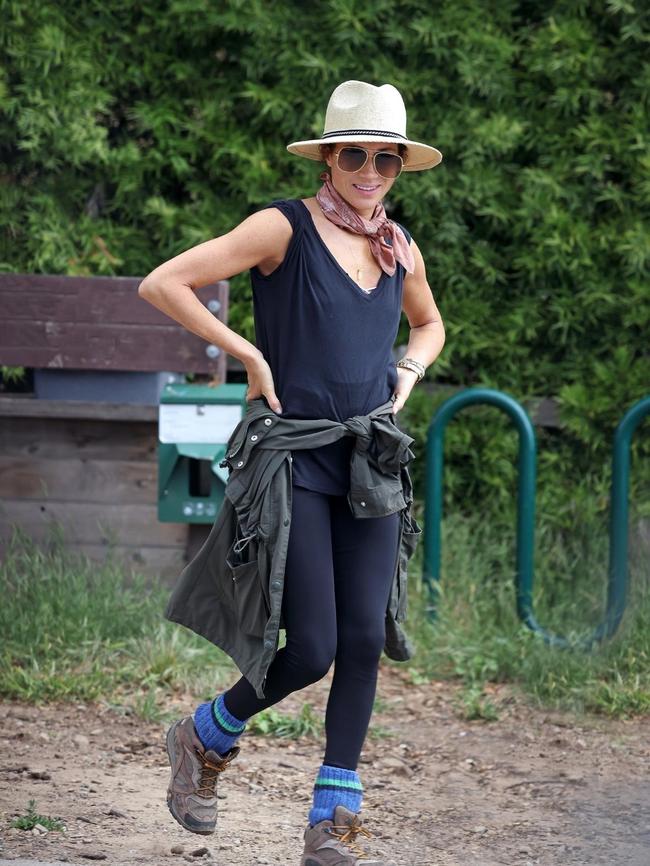
“The kind of virality of the content that comes from Meghan Markle is different to any other,” Bringe says. “When she wears a Stella McCartney dress she generates dollars 3 million for the label, where Michelle Obama generates around dollars 300,000. A Victoria Beckham catwalk show generates something like dollars 8 million - but that’s holding an entire fashion show, compared to a [single shot] of Meghan Markle.”
“Brands who want high exposure veer towards big celebrity placements,” says Anna Ross, global head of insight at the comms agency Karla Otto. “The higher the engagement, the more reach and impact a celebrity has.”
Of course sales are likely to follow too.
“It’s more about brand awareness,” Ross continues. “But we’ve seen instances of a well-known star wearing a particular brand and the brand then struggling to keep up with demand.”
You might remember when this was known as the Kate effect. There was a time when anything the Princess of Wales wore sold out regardless of price, but sources say her retail relevance now tends to be with more affordable items - more in keeping with Holly Willoughby’s sell-through. That isn’t to be sniffed at (Willoughby is still known in high street circles as “Holly Will-you-buy"), but luxury brands are now looking to Meghan as a new figure with high-end rather than mass appeal. After all, many among the masses - in the UK at least - are famously not that keen on her.
Yet there are plenty more who are. The duchess’s USP lies in the way she combines the characteristics of two important influencer types known in the industry as “macro” and “nano”. The former has millions of followers and global reach and is instantly recognisable; the latter works on a much smaller scale, appealing (and persuading) on a more personal, often emotion-driven basis.

“Meghan has an influence unlike any other,” Bringe says. “She has a proximity to her audience because they’ve followed along on this emotional journey she’s had. Unlike a celebrity, you feel like you’re part of her life and, unlike an influencer, you know she’s not trying to create content.”
Much like a royal, in fact, but Meghan and Harry having spoken more openly and behaved less rigidly than the Firm plays well on the internet, which prizes what it sees as “authenticity”, often over expertise or nuance.
“People can see through things,” Ross says. “Good brand ambassadors are completely organic. They’re excited, you can tell they love it. That true level of influence is really, really powerful.”
That’s why, in fashion circles at least, individuals known for the past decade or so as “influencers” are being rebranded as key opinion leaders, or KOLs, a term long used in China and the rest of Asia. At Gucci’s cruise show in Seoul last month celebrities such as the actress Dakota Johnson and the rapper ASAP Rocky, as well as those with big social followings, were all grouped under this one label. It is seen as less of a “dirty word” than “influencer”, Bringe tells me, and has more gravitas, reflecting the real and quantifiable business value of those it refers to.
“You can do a proper drill-down after activations on Instagram,” my source says. “The insights are pretty transparent - where the interest came from, which demographic. Who’s flavour of the month, basically.”
Who else, apart from the Duchess of Sussex, is seen to be on the up as far as being a KOL goes? Call it the Kate effect mark II, but agents in charge of Meg Bellamy, set to play a young Ms Middleton in series six of The Crown this September, are reportedly asking for fees of $56,000 a Instagram post despite the 19-year-old having only 8,500 followers.
“It seems a lot now,” says another agent in the same sphere. “But she’ll skyrocket once she’s one of the royals.”
Just as the TV actress behind a small blog site known as The Tig once found out - both to her cost and, soon perhaps, her gain.
The Times







To join the conversation, please log in. Don't have an account? Register
Join the conversation, you are commenting as Logout